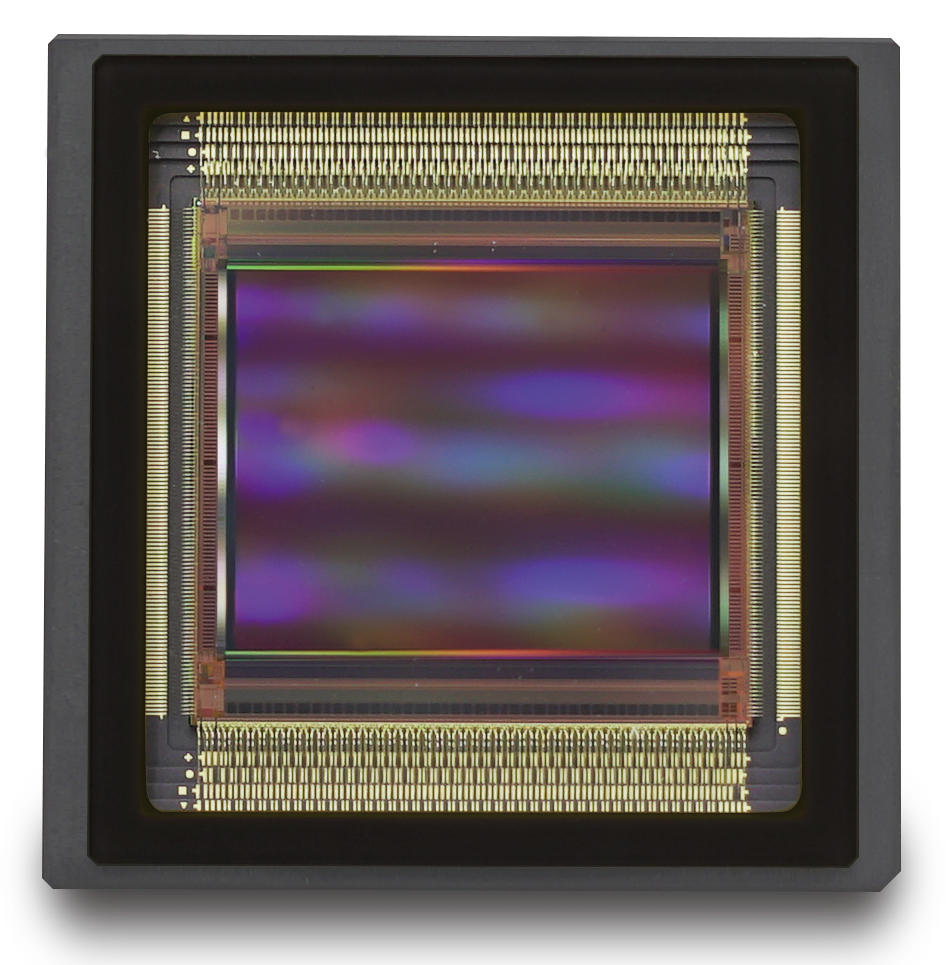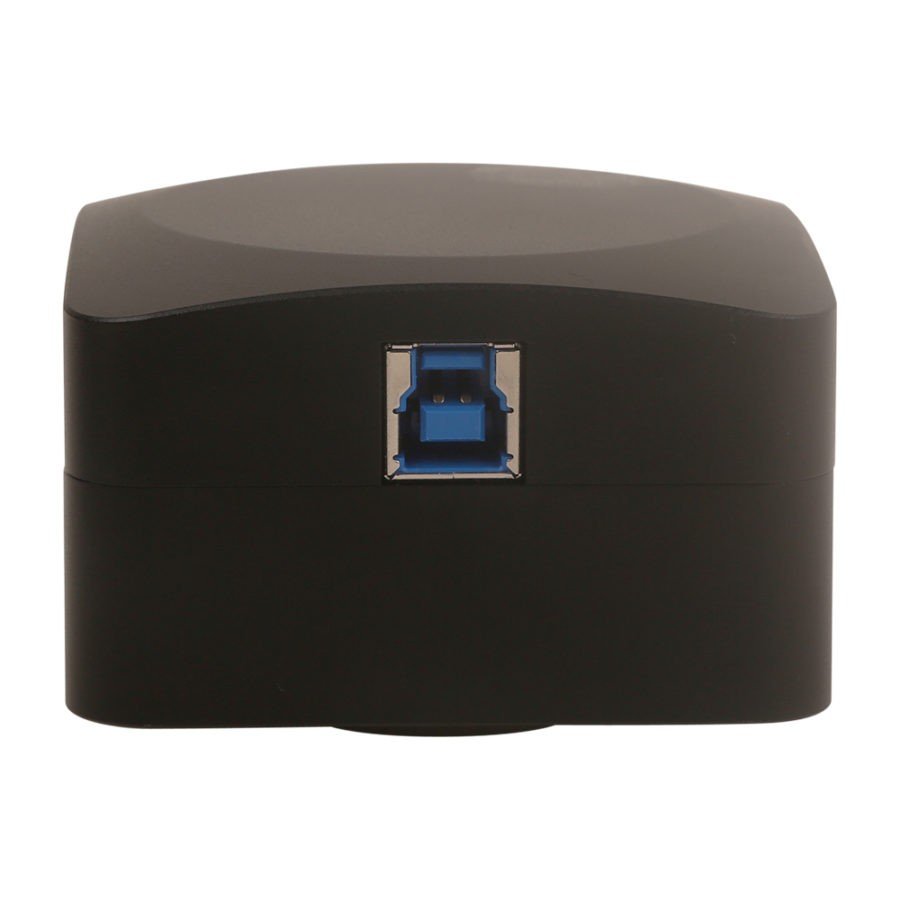High Speed Cameras
Showing all 2 results
-
Request a Quote Request a Quote
-
Showing all 2 results
High Speed & Ultra-High Speed Cameras
High-speed cameras are widely used in microscope imaging to capture fast and dynamic processes with high temporal resolution. They are particularly valuable for studying rapid events, such as cellular dynamics, particle behavior, fluid flow, and chemical reactions. When using a high-speed camera for microscope imaging, here are some important considerations:
- Frame Rate and Temporal Resolution: High-speed cameras are characterized by their frame rate, which represents the number of images captured per second. The frame rate determines the temporal resolution and the ability to capture fast processes. Depending on the specific dynamics of your sample, you may need a high-speed camera with frame rates ranging from hundreds to thousands or even millions of frames per second (fps).
- Shutter Speed and Exposure Time: The shutter speed or exposure time of the high-speed camera is crucial for capturing fast-moving objects without motion blur. Shorter exposure times allow for sharper images of rapidly moving specimens. Adjusting the shutter speed or exposure time allows you to optimize the image quality based on the specific dynamics you are studying.
- Sensitivity and Low Light Performance: Sensitivity is an essential feature for high-speed cameras, particularly when imaging in low-light conditions. Consider cameras with high sensitivity and low noise levels to capture clear images even with limited light. This is especially important for fluorescence microscopy or when imaging dimly lit samples.
- Spatial Resolution: While high-speed cameras excel in temporal resolution, it’s important to consider their spatial resolution as well. The spatial resolution determines the level of detail captured in the image. Choose a camera with sufficient spatial resolution to visualize the features of interest in your sample, such as subcellular structures, particles, or fine details within the microscale environment.
- Data Transfer and Storage: High-speed cameras generate a large amount of data due to their fast frame rates. Ensure that the camera has appropriate data transfer capabilities and storage options. Some cameras offer onboard memory, direct data transfer to a computer, or fast data transfer interfaces (e.g., Gigabit Ethernet, USB 3.0) to handle the high data rates efficiently.
- Synchronization and Triggering: High-speed cameras can be synchronized with other equipment, such as light sources or external triggers, to capture specific events. This synchronization ensures precise timing and coordination between the camera and other components in your microscope setup. Look for cameras that provide flexible triggering options and synchronization capabilities.
- Integration with Microscope Setup: Consider the compatibility and integration of the high-speed camera with your microscope setup. Check if the camera can be easily mounted on the microscope’s imaging port or adapted using appropriate adapters. Ensure that the camera’s control software and interface are compatible with your microscope system.
When selecting a high-speed camera for microscope imaging, it is important to assess the specific requirements of your experiments, including the desired frame rate, spatial resolution, sensitivity, and triggering capabilities. Consider the nature of the dynamics you want to capture and the compatibility with your microscope setup to choose a high-speed camera that meets your experimental needs.



